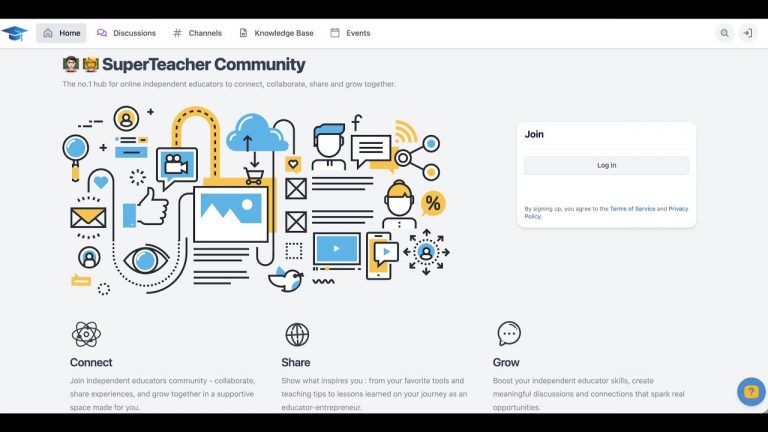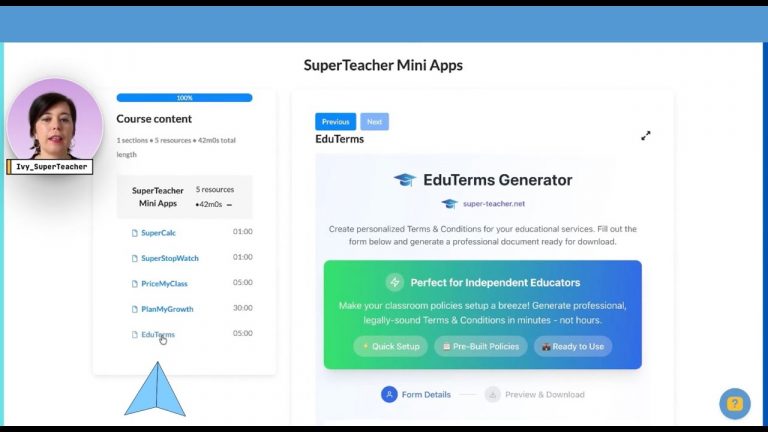
Managing time effectively in ESL online classes for younger students is crucial for their learning experience. Children have shorter attention spans, and structuring lessons to keep them engaged is key. In this blog, we will explore various strategies to help educators maximize their teaching time and enhance student learning.
Understanding the Challenges
Teaching younger students online comes with unique challenges. Distractions at home, varying levels of proficiency, and the need for interactive content can complicate lesson delivery. Recognizing these challenges is the first step in managing time effectively in the classroom.
Setting Clear Objectives
Before diving into the lesson, it’s essential to set clear learning objectives. These objectives should be specific, measurable, achievable, relevant, and time-bound (SMART). Having clear goals helps keep both the teacher and students focused.
- Specific: Define what students should be able to do by the end of the lesson.
- Measurable: Create assessments to gauge understanding.
- Achievable: Ensure the goals are realistic given the students’ age and proficiency.
- Relevant: Align objectives with students’ interests and needs.
- Time-bound: Set a time frame for achieving each goal.
Creating a Structured Lesson Plan
A well-structured lesson plan is vital for effective time management. Consider the following components:
- Introduction: Begin with a short, engaging introduction to capture students’ attention.
- Main Activity: Allocate the bulk of the lesson to interactive activities that promote engagement.
- Wrap-Up: Conclude with a summary to reinforce learning and assess understanding.
Incorporating Interactive Activities
Interactive activities can help maintain students’ interest and make learning fun. Here are some ideas:
- Games: Use educational games to reinforce vocabulary and grammar.
- Role-Play: Encourage collaboration through joined activities and discussions.
- Visual Aids: Incorporate videos, images, and presentations to enhance understanding.
Time Management Techniques
Implementing effective time management techniques can make a significant difference in your ESL online classes:
- Use Timers: Set timers for each activity to keep lessons moving at a steady pace.
- Break Tasks into Smaller Segments: Divide lessons into smaller, manageable parts to avoid overwhelming students.
- Prioritize Activities: Focus on the most important objectives first, ensuring that essential content is covered.
Maintaining Engagement
Keeping younger students engaged in an online environment can be challenging. Here are some strategies to maintain their attention:
- Change Activities Frequently: Switch between different types of activities to keep the lesson dynamic.
- Use Humor: Incorporate fun elements and humor to create a relaxed atmosphere.
- Encourage Participation: Ask open-ended questions and invite students to share their thoughts.
Monitoring Progress
Regularly assessing students’ progress is vital for effective time management. Use quizzes, informal assessments, and check-ins to gauge understanding and adjust your teaching methods accordingly.
Feedback
Providing constructive feedback helps students understand their strengths and areas for improvement. Aim to give feedback promptly, so students can apply it in future lessons.
If all above sounds overwhelming or you are just starting to teacher online, we highly recommend using a structured, pre-designed curriculum such as Abridge Academy, that is super interactive and takes care of the whole lesson flow for you – yours is to get familiar with it and implement your unique teaching style and strategies to personalize the learning experience to your student.
Conclusion
In summary, managing time effectively in ESL online classes for younger students involves understanding their challenges, setting clear objectives, creating structured lesson plans, incorporating interactive activities, and maintaining engagement. By implementing these strategies, educators can create a productive and enjoyable learning environment that fosters language development. Remember, flexibility is key—be prepared to adapt your plans as needed to meet the unique needs of your students!
Happy teaching!



